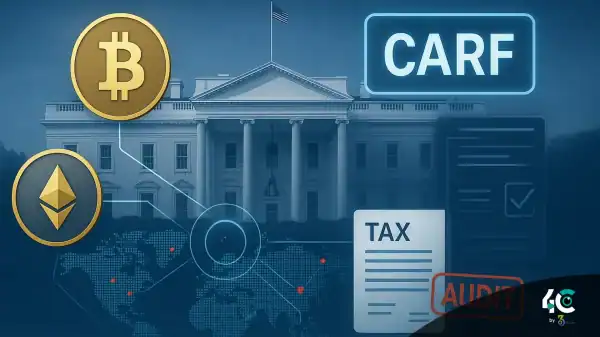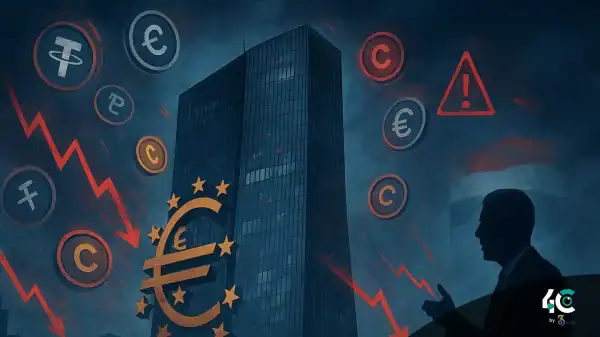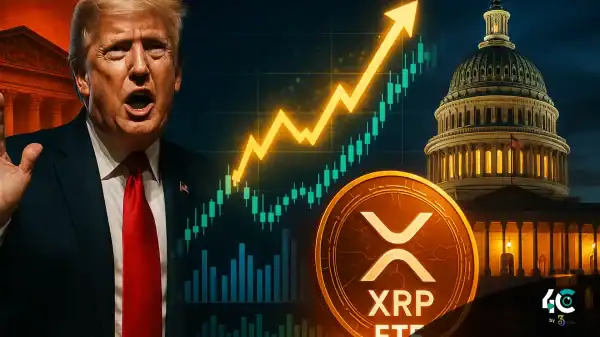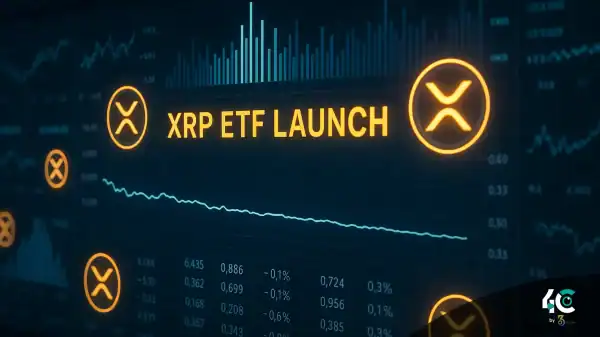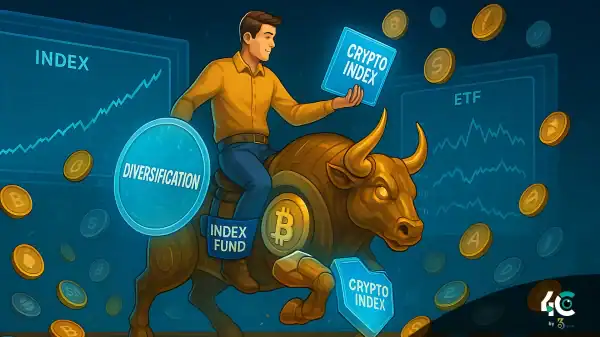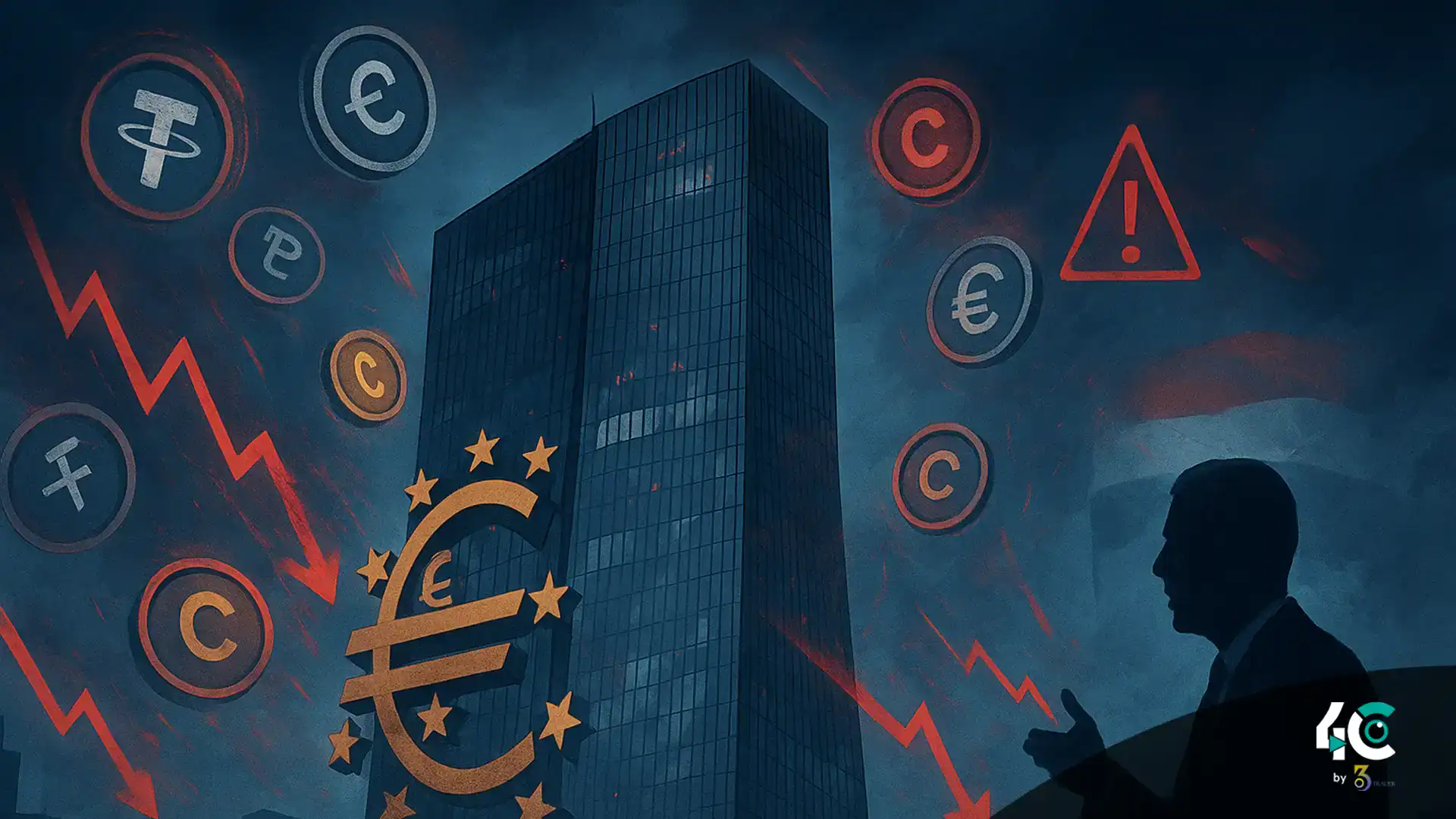Europe Faces Mounting Stablecoin Risks as ECB Sounds the Alarm
The European Central Bank (ECB) is warning that rapidly expanding stablecoins may no longer represent just a regulatory challenge—they could soon become a direct macroeconomic threat.
Speaking to the Financial Times, Olaf Sleijpen, governor of the Dutch central bank and an ECB policymaker, said the explosive growth of dollar-pegged stablecoins is pushing them toward systemic relevance within Europe’s financial ecosystem.
Sleijpen cautioned that if major stablecoins were to destabilize, they could transmit shocks across financial markets, the broader economy, and even inflation.
“If stablecoins are not that stable,” he said, “you could end up in a situation where the underlying assets need to be sold quickly.”
Such a scenario, he warned, could ignite rapid-fire liquidation events—amplifying stress across global markets.
Even more striking: Sleijpen said the ECB may eventually be forced to rethink monetary policy in response to large-scale stablecoin volatility, though it’s unclear whether that would lead to rate cuts or rate hikes.
Stablecoin Risks Grow as Market Heads Toward a Possible $2 Trillion
The warnings come during one of the most explosive years in the stablecoin market’s history.
- Stablecoin market cap: up nearly 50% this year
- Current valuation: $310 billion
- USDT growth: $127B → $183B (+44%) — Tether (USDT)
- USDC growth: $37B → $74B (+100%) — USD Coin (USDC)
The U.S. Treasury has also flagged structural shifts that could further accelerate stablecoin adoption, projecting the market could balloon to $2 trillion by 2028.
At this pace, Sleijpen warns that a downturn in major dollar-backed stablecoins could directly shape Europe’s economic outlook — and eventually influence the ECB’s decision-making.
Also Read : FTSE Russell Teams Up with Chainlink to Bring Benchmark Indexes Onchain
Europe Grows Uneasy Over Dollar-Denominated Stablecoins
Concerns over dollar-backed stablecoins are not new in the Eurozone.
In April, ECB Executive Board member Piero Cipollone argued that foreign stablecoins could weaken Europe’s monetary sovereignty if they continue to crowd out euro-denominated payment instruments.
His solution: accelerate the launch of a digital euro (CBDC) to counterbalance the influence of U.S.-pegged tokens.
Italy’s finance minister, Giancarlo Giorgetti, echoed similar fears, warning that U.S. stablecoins pose a:
“greater threat to European financial stability than trade tariffs.”
When Stablecoin Risks Become Financial Stability Risks
Sleijpen’s comments go a step further. He suggests that stablecoin issuers themselves could become vectors of systemic risk.
If a major issuer were forced to rapidly unwind large reserve positions—typically short-term debt or U.S. Treasuries—Sleijpen warns it could trigger:
- liquidity crunches
- asset price shocks
- inflationary fluctuations
- market contagion across Europe
These concerns align with a September warning from Jean Tirole, Nobel Prize-winning economist, who said governments could face multibillion-dollar bailout pressures if a top stablecoin issuer collapsed.
Conclusion: Europe Prepares for a New Monetary Wildcard
The ECB’s message is becoming increasingly clear: stablecoins are no longer a niche crypto topic — they are an emerging macroeconomic variable.
As stablecoins expand in size and influence, Europe may soon have to treat them as seriously as the bond market or the banking sector.
The question is not if stablecoin risks will intersect with monetary policy, but how soon.


